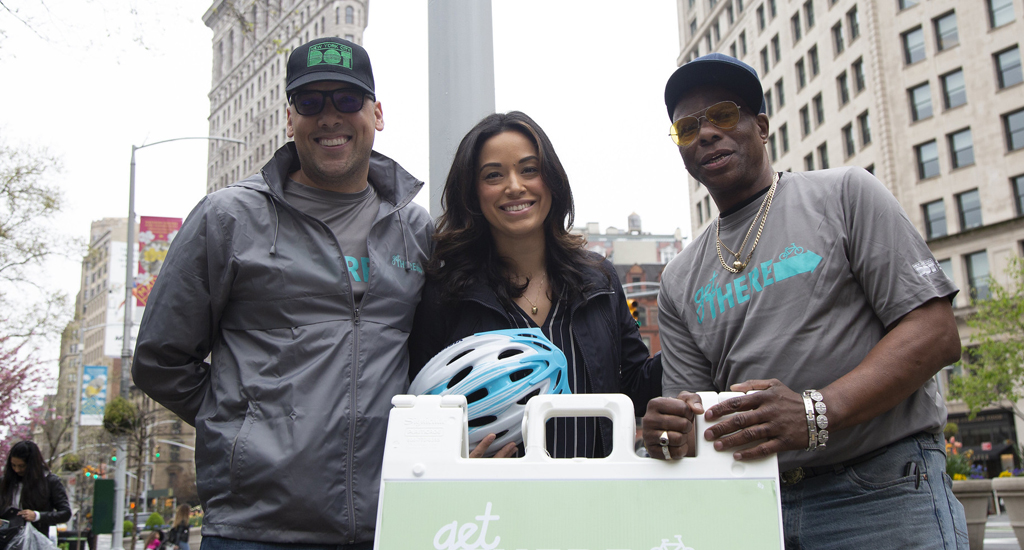On Thursday the New York City Council passed Intro. 289 — requiring the city Department of Transportation create a map showing conditions affecting bike lanes — including obstructions caused by street construction, maintenance or repair, weather, and other hazards.
New York City has expanded its bike network to over 1,500 miles of bike lanes, including hundreds of miles of protected lanes. Bike ridership is also way up, spurred by the general efficiency of biking, the bike lanes, COVID-related changes to our travel behavior and Citi Bike expansion.

The city is doing a generally good job of planning toward a citywide bike network (including work on a greenway master plan, required by Council Member Rivera’s 2022 legislation). The bill set for a vote today is designed to move the city toward more effective operation of that network.
Disruptions, obstructions, and other changes are a daily nuisance for the thousands of New Yorkers who commute, do business, shop, and visit by bicycle each day. Cyclists deserve the same attention and information — in the form of notifications, updates and detours — already given to the city's drivers and transit riders.

Intro. 289 requires the City to create a searchable map of every bicycle lane in New York City with information about bike network disruptions and the location of detour/temporary bicycle lanes. The map will also have information about the locations of open streets, bicycle parking infrastructure, micro-mobility share programs and stations, and information on how to report bicycle lane issues.
Consider that this June, a construction site closed parts of Kent Avenue in Williamsburg — one of the city’s busiest bike lanes — for over a week. People riding bikes along the Brooklyn waterfront could only find out about this major closure by encountering barriers (or from cycling groups who had noticed the disruptions) and had no immediate information about alternative routes. DOT’s own crews who refresh paint in protected bike lanes often show up and close the lanes with no warning or detours provided.
But DOT’s permitting unit already reviews construction site applications where bike lane detours are required. The agency also tracks city capital projects and its own resurfacing and street marking activities. Officials have the information required to provide alerts and notices regarding changes to the bike network. Presenting the data for use by the bicycling public is the logical next step.
Intro. 289 builds on work we did in 2019 to pass Council Member Rivera’s bill to provide protected detours for bike lanes impacted by construction. Compliance, including by city agencies, hasn’t been perfect, but the provisions it has required at countless work sites around the city has created a significant safety and quality-of-riding benefit for New Yorkers.
The city has made some progress on bike network operation. In the fall of 2019, and each year since, DOT created well-designed bike lane detours on Manhattan’s East Side during the United Nations General Assembly instead of simply shutting 1st and 2nd Avenues to bike riders. And last spring and this year, Mayor Adams put a stop to the city’s long-term practice of kicking riders off the West Side Greenway during Fleet Week, opting instead for modest greenway calming measures that have worked well. In both cases, DOT notified the public and cycling groups in advance that these measures would be in place.
Intro. 289’s provisions will make these kinds of practices more routine for the entire bike network – disruption of any city bikeway requires public information, working detours and operational attention — not just an unheralded shut-down.
New York City’s bike network is a transportation system like any other. Effective operation, including predictable routes and trips, detours and other provisions during disruption, needs to be an integral part of the city’s strategy to build cycling into a safe and more accessible means of getting around town. Our half-million daily riders, and millions of would-be cyclists, deserve no less.
Carlina Rivera is Council Member for District 2, representing neighborhoods on the East Side of Manhattan. Jon Orcutt is Advocacy Director at Bike New York.






